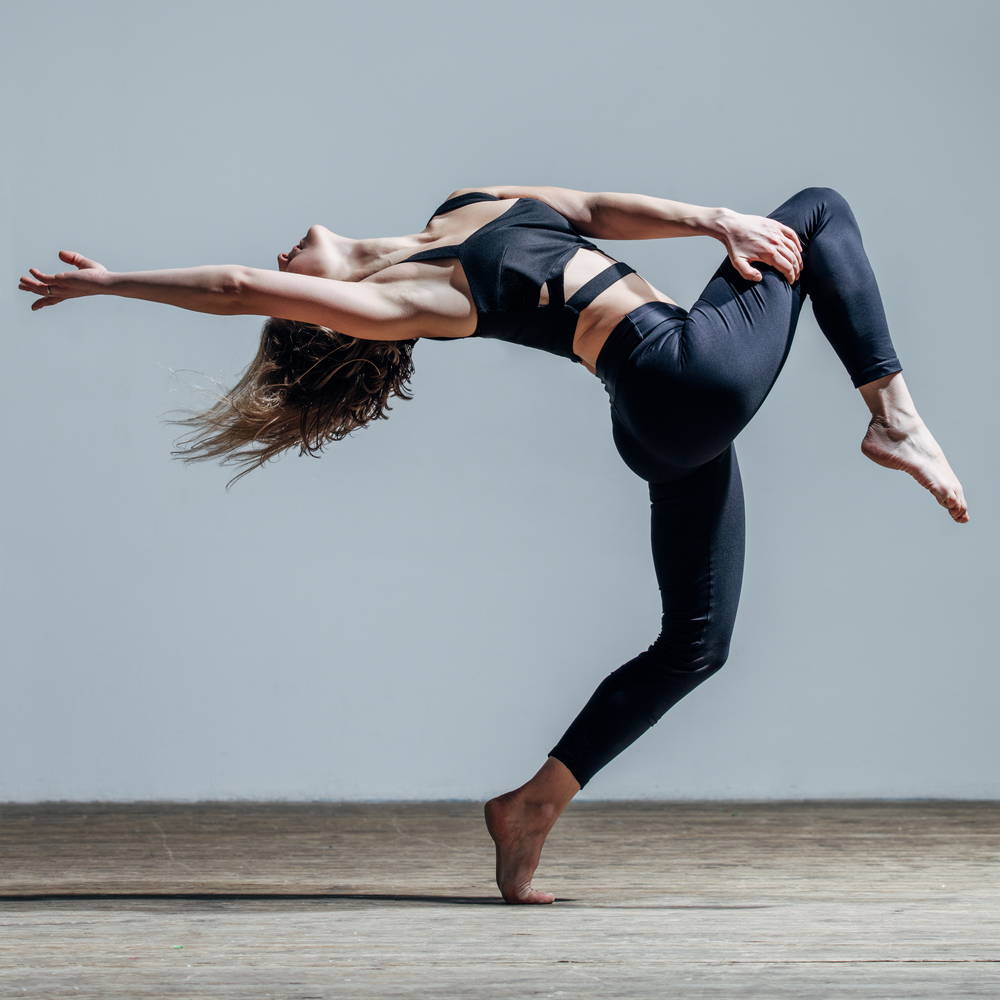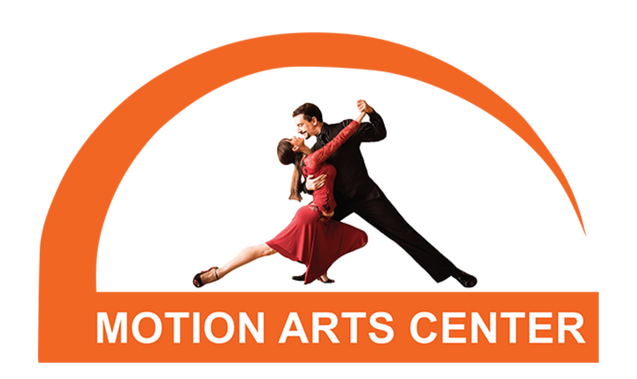
In the world of dance, Contemporary Dance shines as a beacon of boundless creativity. It’s a free-flowing art that breaks rules and welcomes new ideas.
In this blog, let’s dive into the world of Contemporary Dance, unraveling its history, influences, and techniques.
The Roots of Contemporary Dance: A Historical Perspective
Contemporary Dance emerged in the mid-20th century as a rebellion against the constraints of traditional ballet and modern dance. Pioneered by some of the most notable and legendary modern, postmodern, and contemporary dance choreographers, it sought to break free from established forms and explore the raw, unfiltered essence of movement. Unlike its predecessors, Contemporary Dance focuses on emotion, individual expression, and storytelling through fluid, organic movements.
Influences that Shape the Art Form
- Modern Dance: Contemporary Dance draws heavily from the techniques of modern dance visionaries like Isadora Duncan and Martha Graham. It incorporates the freedom of movement and emphasis on expression found in modern dance styles.
- Ballet: While challenging ballet’s rigid structure, Contemporary Dance borrows elements like balance, control, and precision, infusing them with newfound fluidity and dynamism.
- Cultural Influences: Contemporary Dance is a melting pot of global influences. Choreographers often incorporate elements from various cultures, creating a diverse tapestry of movements, music, and themes.
Techniques that Define Contemporary Dance
Release Technique: Contemporary Dance often employs the release technique, emphasizing relaxation and yielding to gravity. Dancers focus on initiating movement from the core, allowing limbs to flow freely.
Floor Work: Unlike classical ballet, Contemporary Dance frequently explores movement on the floor. Dancers seamlessly transition between standing, kneeling, and floor-based choreography, adding depth and dimension to performances.
Improvisation: Improvisation plays a vital role, encouraging dancers to explore spontaneous movements. This fosters creativity and enables dancers to connect deeply with their bodies and emotions.
Partnering and Contact Improvisation: Contemporary Dance often incorporates intricate partner work, exploring weight sharing, lifts, and contact improvisation. Dancers communicate through touch, creating visually stunning and emotionally charged performances.
Where Movement Meets Emotion
Contemporary Dance is not merely a dance style; it is a canvas for the soul. It embodies the human experience, capturing emotions, narratives, and the essence of life through movement.
As dancers push the boundaries of tradition, Contemporary Dance continues to evolve, inspiring audiences and challenging perceptions. It reminds us that dance is not confined by rules but is, in its truest form, an expression of the limitless human spirit, where movement meets emotion, and creativity knows no bounds.




